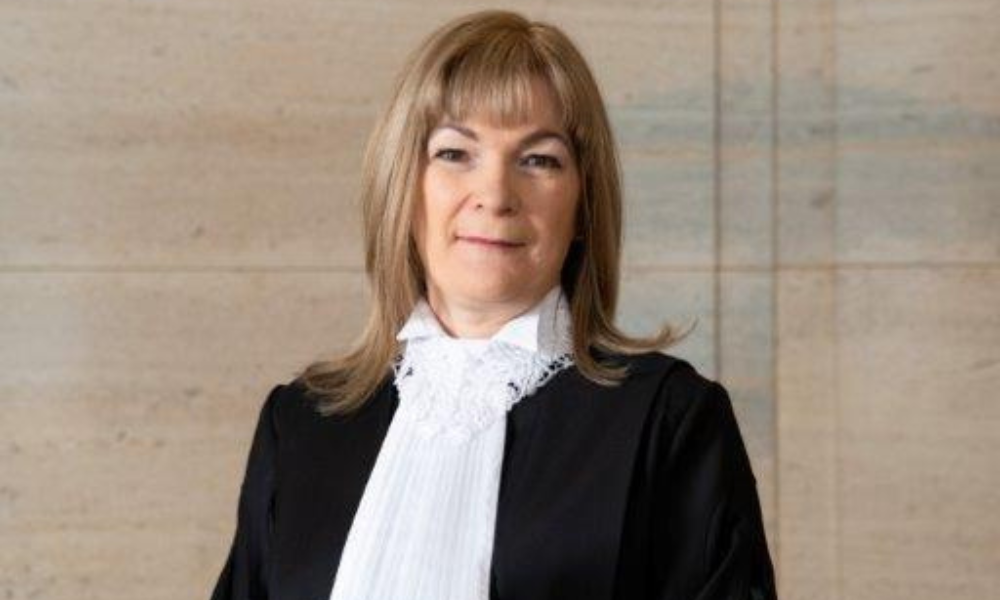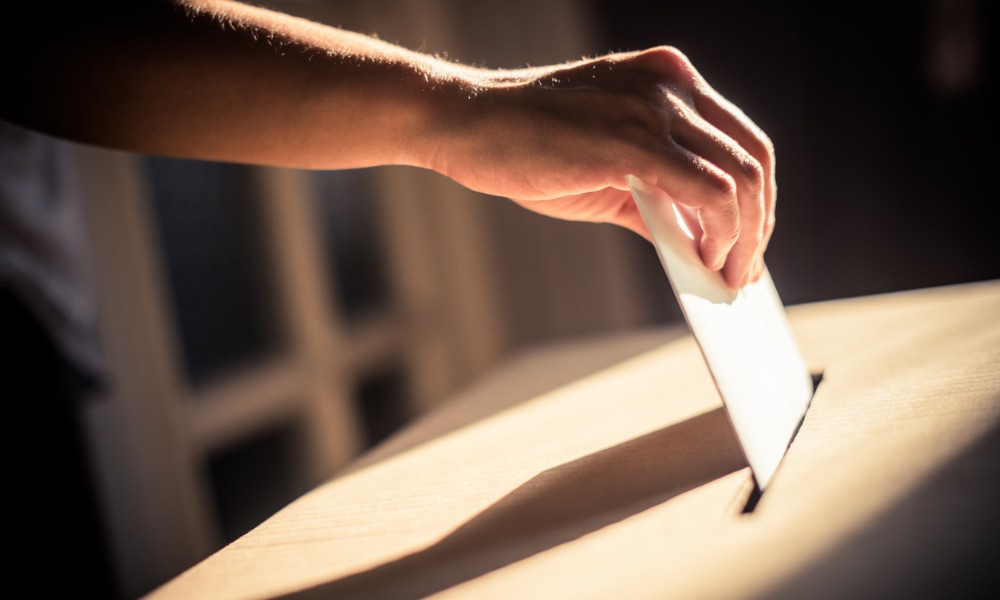Three Ontario Superior Court decisions suggest higher general damages awards in MVA cases

This article was produced in partnership with Bogoroch & Associates LLP.
Three recent decisions from Ontario Superior Court judges sitting alone suggest a trend to higher awards for general damages in personal injury cases arising from motor vehicle accidents involving chronic pain and post-concussive impairment.
“These judgements are positive developments for plaintiffs, but they do raise a question of the degree to which the results are attributable to the fact that these were judge alone trials,” says Alexandra Roman of Bogoroch & Associates LLP, a Toronto-based civil litigation boutique whose focus includes medical malpractice and personal injury cases. “Generally speaking, defence counsel prefer juries because historically, juries have tended toward lower damages awards.”
Most Read
Juries are not told that in motor vehicle accident cases, a statutory deductible of approximately $45,000.00 applies to general damages awards. The deductible increases annually with cost of living and many people are surprised to learn that a mistrial is declared if the jury is told about the deductible during the trial. In auto injury cases, plaintiffs also have to persuade a Judge that they have satisfied a verbal “threshold” which means that they must adduce sufficient evidence of a “permanent and serious impairment of an important physical or psychological function” as set out in the Insurance Act.
As a result of the COVID-19 pandemic, jury trials were not being held. A body of case law emerged striking jury notices so that cases could proceed with a judge alone.
“In my experience, however, defence counsel continue to deliver jury notices in most motor vehicle cases involving chronic pain and post-concussive injuries post-pandemic,” Roman says. “So the precedential value of these three recent decisions remains to be seen as jury trials proliferate again.”
The three awards ranged between $225,000 and $250,000 for general damages. Roman believes there is a common thread in the reasons.
“Each of these cases raised different issues,” Roman says. “But with the benefit of the thorough analysis in judge-alone rulings, we can see that a common thread is the significant impact of expert testimony.”
In Graul v. Kansal, 2022 ONSC 1958, Justice Gordon Lemon awarded $225,000 for pain and suffering to a plaintiff who sustained a mild brain injury accompanied by chronic pain and post-concussive impairment.
The neuropsychologist called by the defence testified that the plaintiff did not suffer a traumatic brain injury. Justice Lemon rejected the neuropsychologist’s testimony, questioning his objectivity and credibility. Justice Lemon also rejected the evidence of the cognitive neurologist called by the defence, who opined that the plaintiff was no longer suffering the effects of a traumatic brain injury. Justice Lemon highlighted her “lack of awareness of the significance of the expert witness's role,” again reiterating the role and duty of the expert to assist the Court.
“The court’s analysis highlights the importance of objective expert evidence and the need for expert witnesses to understand that their role and duty is to assist the court,” Roman says.
Sanson v. Paterson, 2022 ONSC 2972, in which Justice William Black awarded $250,000 in general damages for a mild, traumatic brain injury followed by post-concussive symptoms, demonstrates the scope and importance of participant expert evidence.
The defence argued that the plaintiff did not meet the threshold, and that the quality of the expert evidence called on her behalf did not satisfy the requirements for that threshold. But Justice Black disagreed, relying on the evidence of the family physician because her opinions were “in fact based on her observations of and participation in the care of Ms. Sanson” and she was “able to form those opinions based on her skill, knowledge, training and experience,” as the “anomalous and perhaps singular family physician who devoted most of her career, spanning over four decades, to the study and treatment of brain injuries.”
In doing so, Roman notes, Justice Black reiterated the fundamental principle regarding participant expert testimony as articulated in Westerhof v. Gee Estate.
“In other words, since the Court of Appeal for Ontario’s decision in Westerhof, it has been clear that participant experts may give opinion evidence for the truth of its contents, without serving a Rule 53.03 report, so long as that opinion evidence was based on the witness’ observation of or participation in the events at issue and the opinion was formed as part of the ordinary exercise of the witness’ skill, knowledge, training and experience while observing or participating in such events.”
In Higashi v. Chiarot, 2021 ONSC 8201, Justice Marc Smith awarded $225,000 to a plaintiff who suffered soft tissue injuries and a mild traumatic brain injury and post-concussive syndrome.
The defence questioned the plaintiff’s subjective complaints, arguing that “the medical opinions are colored by the acceptable of [the Plaintiff’s] objective complaints.”
“In motor vehicle accident litigation subjective injuries are often met with suspicion by the defence and juries,” Roman says.
But Justice Marc Smith found the plaintiff’s reporting of her injuries and symptoms “to be credible and reliable,” and other lay witnesses supported her testimony. The upshot was that the plaintiff’s symptoms were “real and ongoing” despite their subjectivity, and the medical experts were entitled to rely on her evidence supported by their observations, tests, and assessments.
“The court’s reasoning in this case illustrates that the plaintiff’s credibility is crucial in conjunction with lay witness evidence and objective expert testimony,” Roman says.
But regardless of the degree to which these cases provide precedential value, Roman says, counsel must always exercise caution.
"Trials are risky be they judge alone or judge and jury, and each case arises from unique factual circumstances. In either case, the lawyers at Bogoroch & Associates LLP are highly experienced and well-equipped to handle brain injury and chronic pain cases, and work diligently to bring these cases to a successful conclusion in a civil justice system increasingly fraught with delay.”










